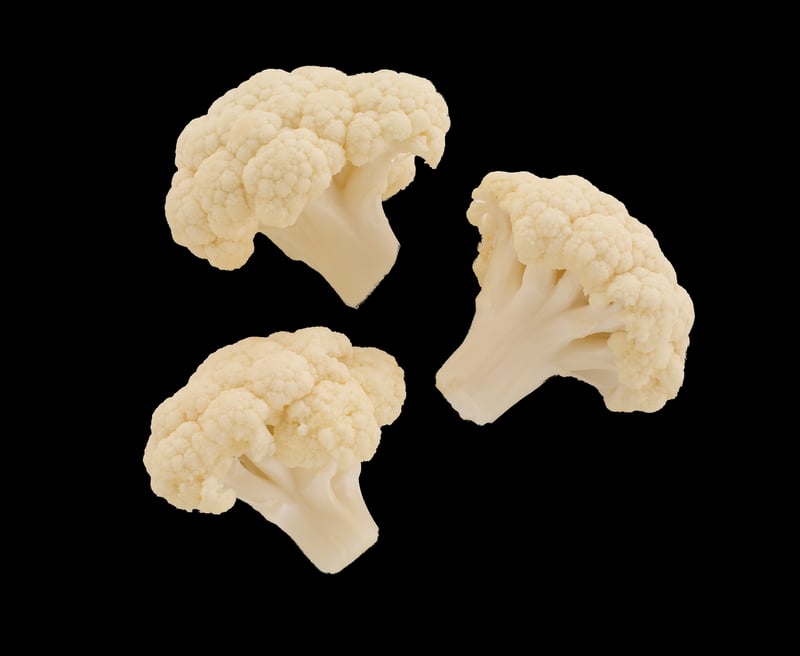Quantum Leaps
Master Time Manipulation and Quantum Leaps
Welcome to the world of time manipulation and quantum leaps, where the possibilities are endless and the boundaries of reality are blurred. In this article, we will delve into the fascinating concepts of time manipulation and quantum leaps, exploring how they work and how you can master them.
Understanding Time Manipulation
Time manipulation is the ability to control the flow of time, allowing individuals to speed up, slow down, or even stop time altogether. This concept has been a popular theme in science fiction and fantasy, but recent advancements in quantum physics have shown that time manipulation may not be as far-fetched as once thought.
Practical Applications of Time Manipulation
Time manipulation could revolutionize various fields, including medicine, technology, and even everyday life. Imagine being able to slow down time during a critical moment or speed up time to skip through boring tasks. The possibilities are truly limitless.
Exploring Quantum Leaps
Quantum leaps are sudden, significant changes or advancements that occur at the quantum level. In the world of quantum physics, particles can leap from one state to another without passing through the states in between. This phenomenon has profound implications for our understanding of the universe.
Harnessing Quantum Leaps
By understanding and harnessing quantum leaps, we can unlock new technologies, improve communication systems, and even explore the mysteries of the cosmos. Quantum leaps have the potential to propel us into a future where the impossible becomes possible.
Mastering Time Manipulation and Quantum Leaps
While time manipulation and quantum leaps may sound like science fiction, the truth is that we are only beginning to scratch the surface of these incredible phenomena. By studying quantum physics, exploring the latest research, and keeping an open mind, you too can master the art of time manipulation and quantum leaps.
Are you ready to embark on this mind-bending journey through time and space?

Image source: Pixabay
